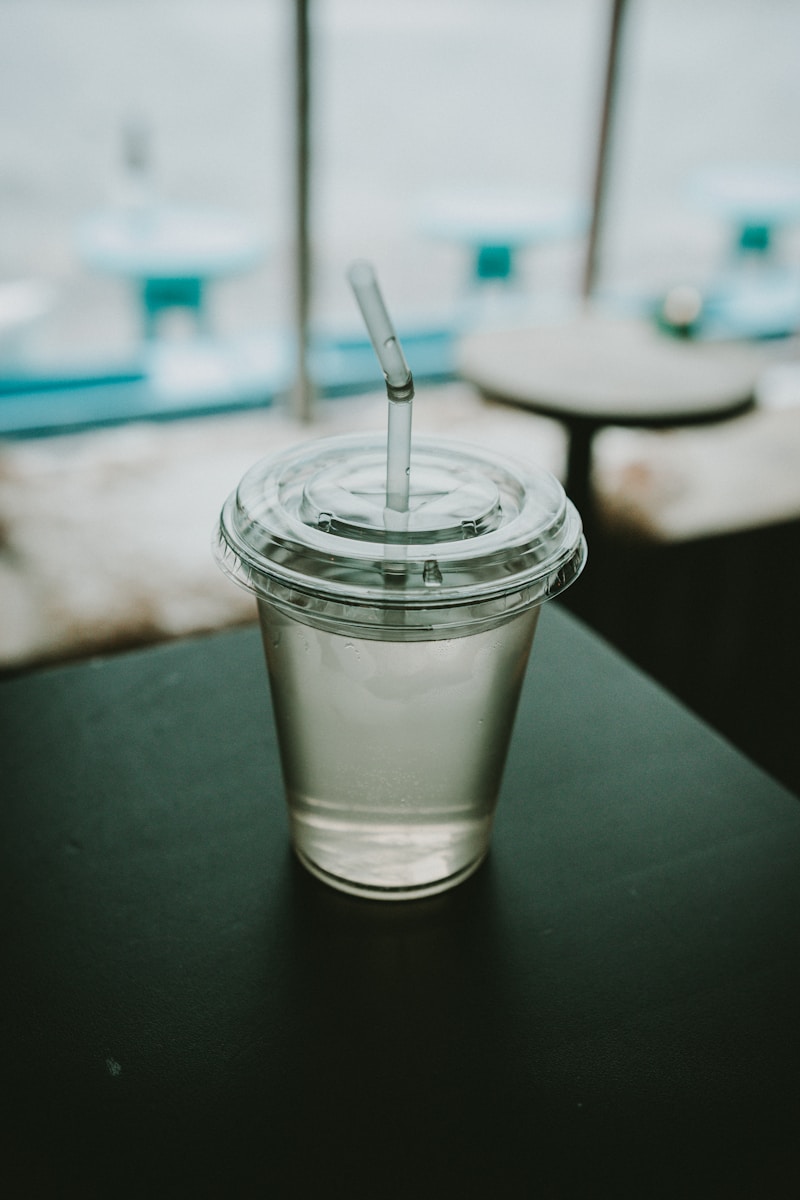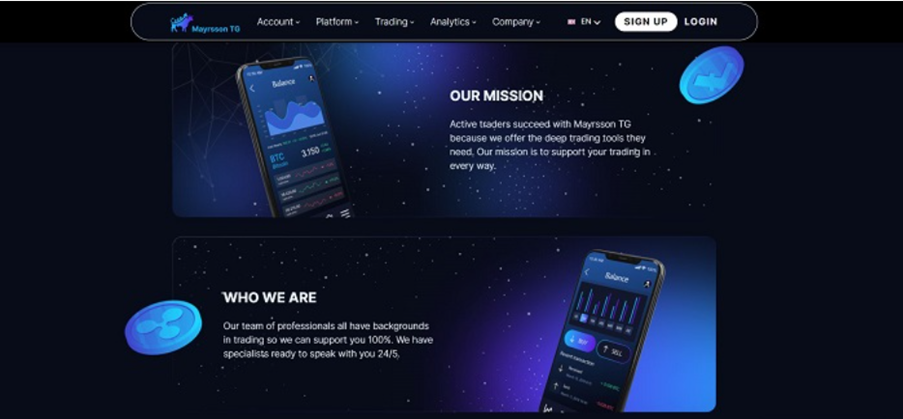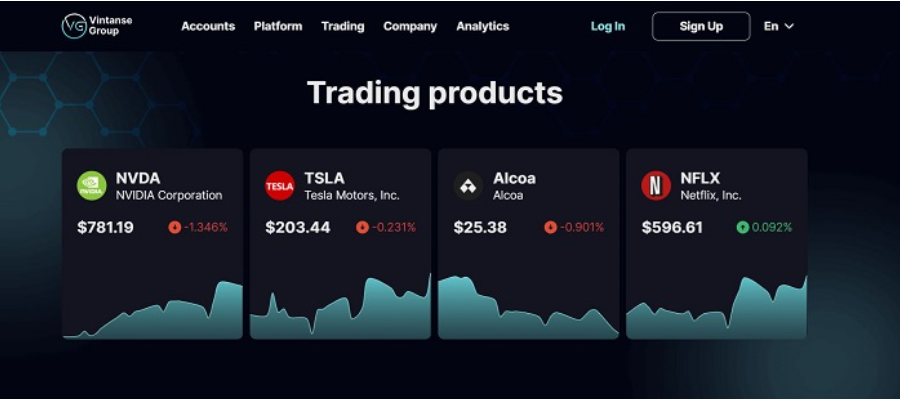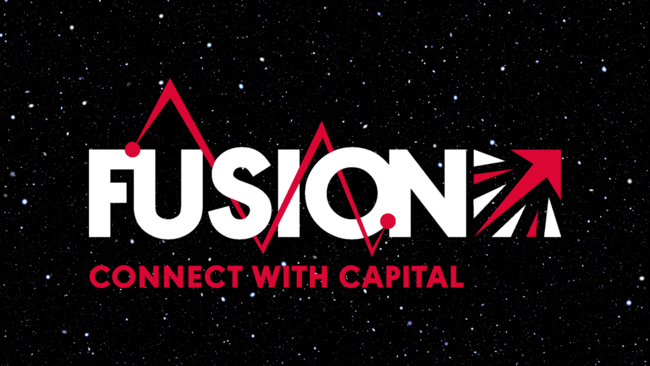Many consider plastic a marvel, likely the top choice among modern materials. It comes with a string of remarkable properties and versatile applications. However, if you want to customize your plastic items, particularly plastic cups, by printing on them, you will find the going tough.
The world of plastics is vast and diverse. There are multiple variations, each possessing its own unique composition and characteristics. Plastic cups offer immense customization options. However, you must find a way to print on plastic cups if you want to create creative gift items out of these plain and insipid cups.
Navigating the plastic printing domain can be daunting, as there are numerous methods available. Determining the best approach for a specific application is not easy unless you seek the advice of experts.
Here are the top ways to print on plastic cups.
Digital Inkjet Printing
Digital inkjet printing allows the creation of high-quality, full-color images on various plastic surfaces, including plastic cups. This process requires minimal setup, making it perfect for plastic cup printing projects of any scale. Most of the plastic cups are made of polypropylene plastic. As a result, it is important to use a plastic pre-treatment to achieve excellent ink adhesion. Unlike traditional solvent ink, this UV inkjet ink dries instantly upon exposure to UV light, allowing you to print on a wide range of plastic materials.
Screen Printing
Screen printing is a traditional printing procedure that has stayed in the limelight despite the increasing popularity of digital printing. Traditional screen printing continues to hold its ground for certain applications, including printing on plastic cups.
This is an old technique that involves the use of stencils. A squeegee applies ink through a fine mesh. This helps transfer the design to the chosen substrate. Intense UV light dries the screen-printing ink, creating a robust print with vivid, long-lasting colors. Printing on polypropylene cups with screen printing inks requires pre-treatment, just like UV inks.
Undoubtedly, screen printing has a few limitations in terms of image quality, but it excels at reproducing vector graphics accurately. This makes it an excellent choice for printing on plastic cups.
UV Litho Printing
UV litho printing is a fusion of the advantages offered by standard litho printing. When you use this method to print your plastic cups, it delivers crisp, high-definition images across a wide range of colors. The printing system cures the ink on flexible substrates by incorporating UV drying units.
The initial setup for UV litho printing may take time and investment. Subsequent print runs expedite the process, making it particularly economical for extended production runs.
Pad Printing
Pad printing is one of the most simple and efficient printing methods available. It entails etching the image on a pad printing plate, then transferring it to the cup using a silicone pad. After flooding the plate with ink, wipe it clean to leave ink only in the etched area.
The pad transfers the image onto the product by pressing it onto the tacky ink surface adhered to the printing pad, sealing that section of the ink film. There are different types of pad printing inks, depending on the type of plastic.
This technique is particularly useful for imprinting two-dimensional images onto three-dimensional objects like plastic cups and bottles. Single-color pad printing is the most cost-effective option, but it’s also possible to print in multiple colors.
Pretreatment
There are two primary forms of pre-treatment of plastic cups before they are ready for printing: mechanical (corona and plasma) and chemical UV adhesion promoters, such as PP Primer. Both methods have the same objective, which is to modify the surface tension of the substrate to improve ink adhesion.
Corona pre-treatment achieves this by applying an electrical charge to the vessel’s surface. Plasma pre-treatment uses the flame’s plasma component of the flame. In many cases, corona pre-treatment alone is sufficient to read the plastic cup for printing, obviating the necessity for additional treatment methods.
Apart from choosing the right printing method, there are a few other things you must remember to do to get the perfect printing results.
Selecting the Right Cups
When printing on plastic cups, the first step to consider is selecting the most suitable cups for your needs. Plastic cups are available in a variety of options on the market. They include:
- Polypropylene (PP)
- Polyethylene terephthalate (PET)
- Polystyrene (PS)
They offer very distinctive characteristics and benefits, so it’s important to make an informed choice.
When making your selection, consider factors such as the cup’s durability, clarity, and printability when making your selection. For instance, polypropylene (PP) cups offer high clarity and durability, but they may pose challenges in terms of printing. Polyethylene terephthalate (PET) cups are often easier to print on and deliver excellent clarity. That’s why they are generally chosen for customized plastic cup printing projects.
Conclusion
Printing on plastic cups opens a world of creative possibilities. However, understanding the various printing methods and choosing the right method can be challenging. By understanding the various printing techniques available and carefully considering factors such as cup selection and design preparation, you can achieve stunning and durable custom prints on plastic cups.







